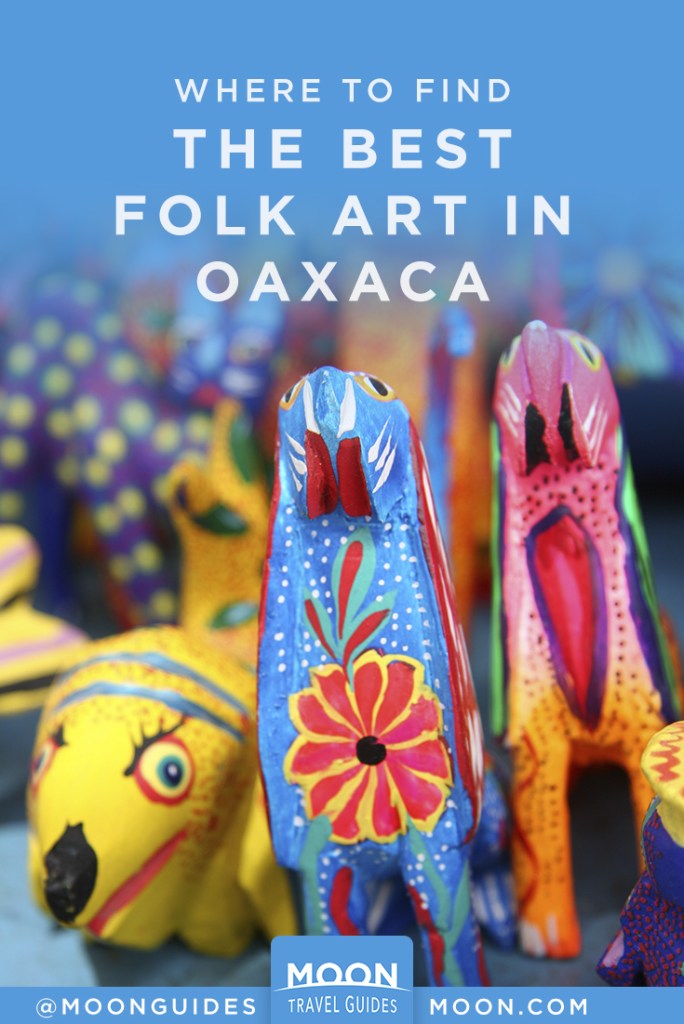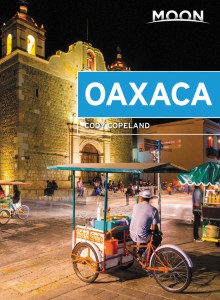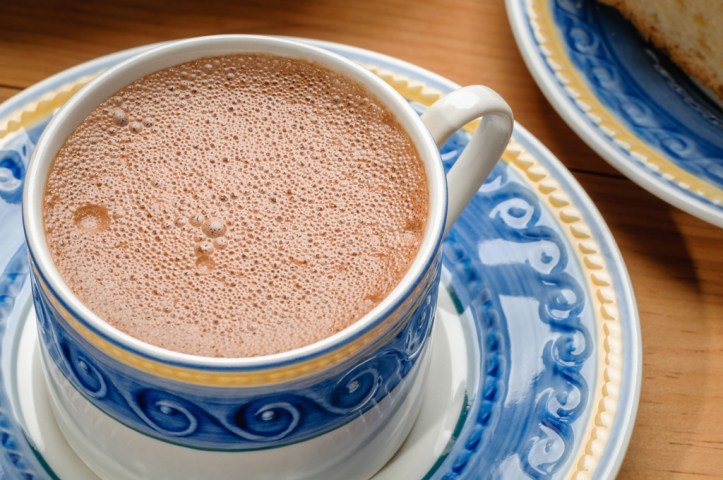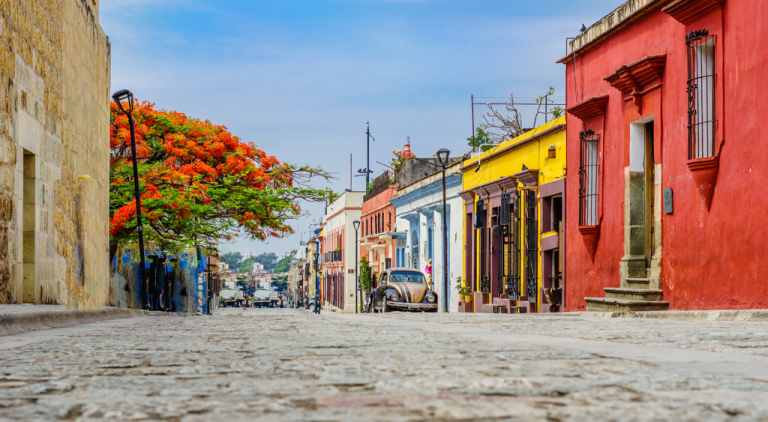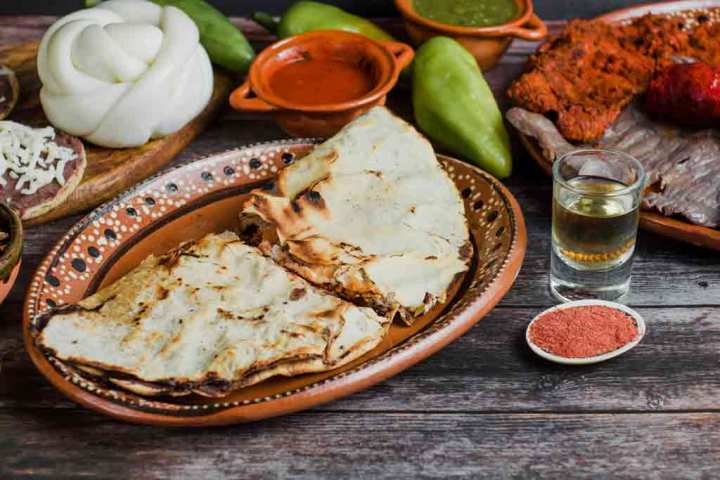Where to Find the Best Folk Art in Oaxaca
The work of Oaxacan hands is imbued with history, both ancient and recent, as well as boundless imagination. Some crafts, like ceramics, have been produced here for millennia. During the conquest, the indigenous peoples of Oaxaca combined native materials and techniques to the goods and practices introduced by the Spanish. Combine natural dyes sourced directly from the earth with European wool and looms, and add a few centuries of Oaxacan humor and fancy, and you’ve got the hallucinatory tapetes (wool rugs) of Teotitlán del Valle and other communities.
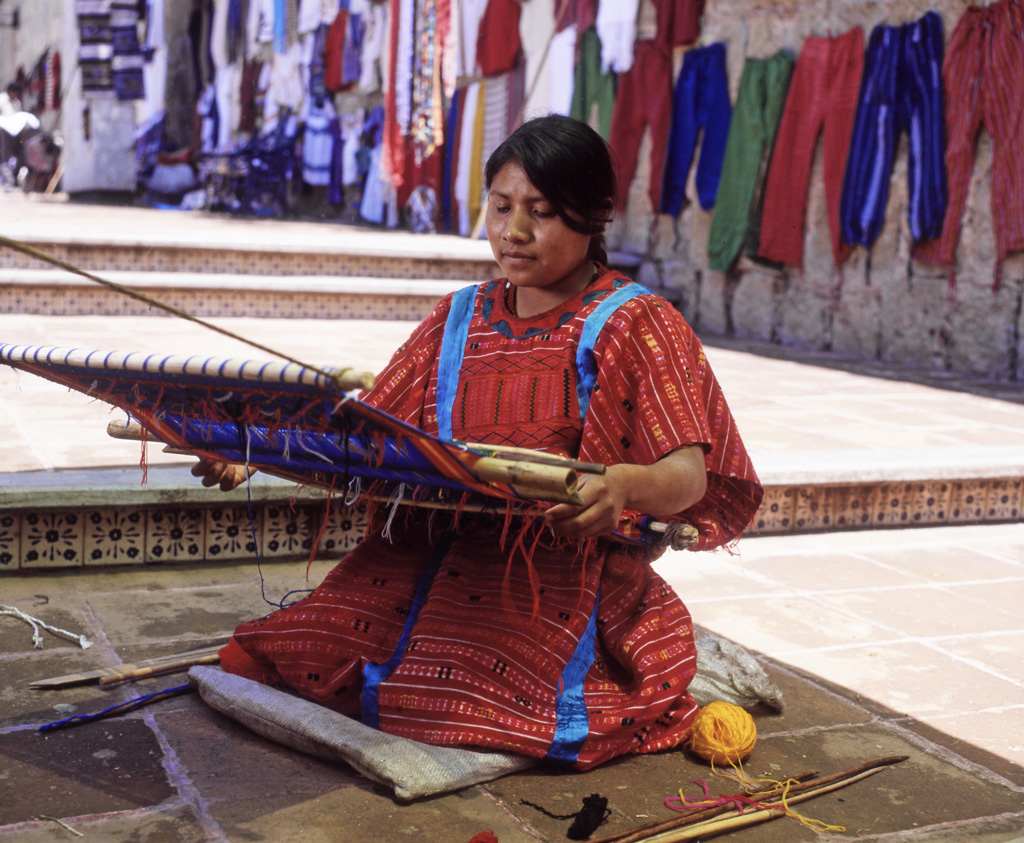
But at just five short centuries old, rug weaving is barely a teenager in terms of the average lifespan of a Oaxacan folk art. As in other parts of Mexico, people here have been baking clay since they figured out how to do it over 4,000 years ago. What you’ll have a hard time finding elsewhere in Mexico, however, is a town like Santa María Atzompa, famous for its green-glazed, matte-white, and intricate filigree pottery styles. Recent archaeological investigations on a hilltop just south of the current ceramics market here uncovered a 2,000-year-old kiln, tangible evidence that this art has been produced in the Valles Centrales continually for millennia. And even this one isn’t the oldest here, if you, like me, consider gastronomy an art. The caldo de piedra (stone soup) of San Felipe Usila is believed to predate the discovery of ceramics in the Americas, as its original recipe doesn’t include a bowl, but rather a hollow in a boulder or the sand next to the river now called Río Santo Domingo.
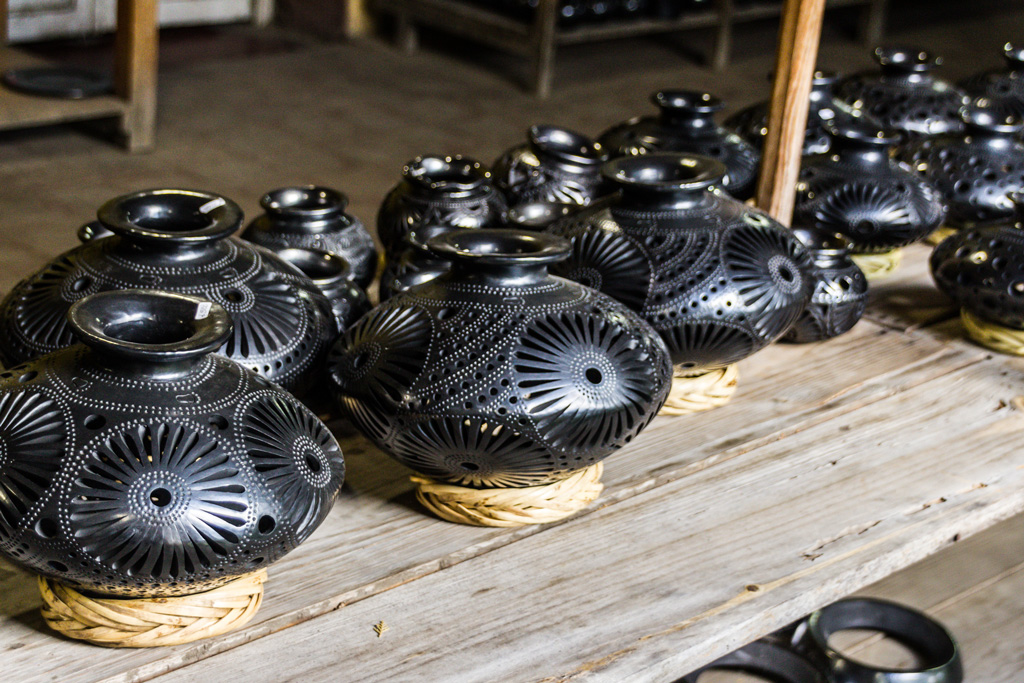
What is truly incredible about these craft traditions is not only how long they have been handed down from generation to generation here in Oaxaca, but also how they are constantly changing to this day. The technique that produces the glossy barro negro (black clay pottery) of San Bartolo Coyotepec was invented by a woman named Doña Rosa in the 1950s. The fantastic alebrijes of Arrazola and San Martín Tilcajete are even younger, and weavers in Teotitlán have recently begun experimenting with their craft by twisting three-dimensional images into their rugs.
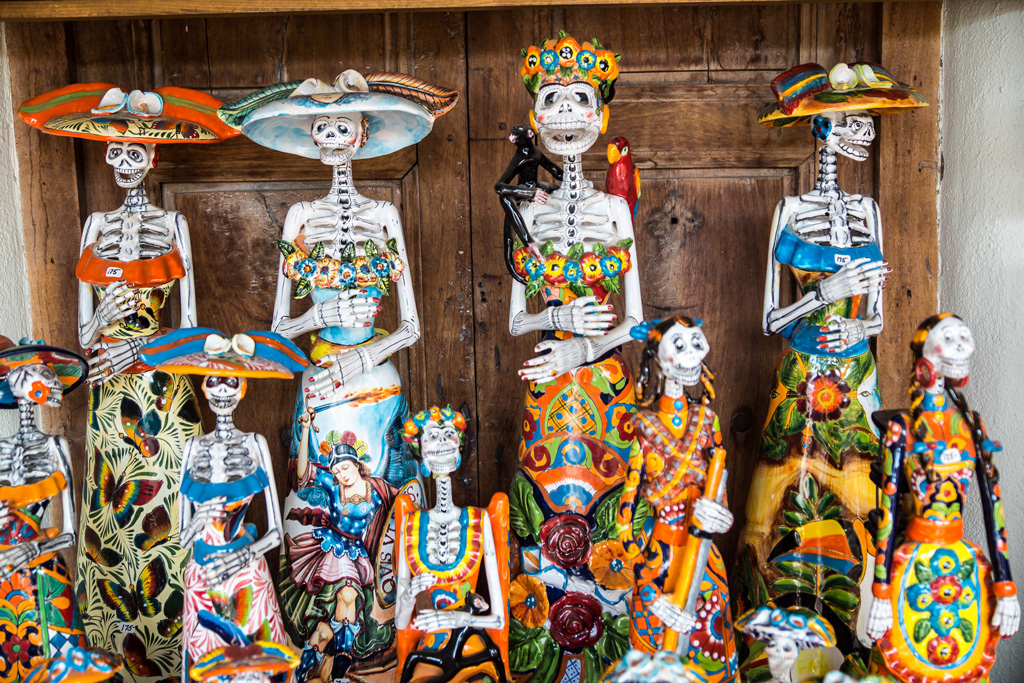
All over Oaxaca live expert and creative chefs, basket weavers, embroiderers, jewelry makers, silversmiths, leatherworkers, knife makers, and more, all with unique imaginative styles that add their own voices to the greater communal art form. This wealth of artisanal traditions has filled the mercados of the state with gorgeous artifacts that make shopping in Oaxaca unique, personal, and full of fun, exploration, and learning.
Where to Find the Best Folk Art
Oaxaca is home to a number of communities that specialize in particular art forms.
- rugs, tapestries, and other woven items — Teotitlán del Valle (Valles Centrales)
- alebrijes (brightly painted carved wooden figures) — Arrazola and San Martín Tilcajete (Valles Centrales)
- barro negro (black clay pottery) — San Bartolo Coyotepec (Valles Centrales)
- barro rojo (red clay pottery) — San Antonino Castillo Velasco (Valles Centrales)
- green-glazed and matte white pottery — Santa María Atzompa (Valles Centrales)
- huipiles (embroidered blouses) — the most popular come from Tehuantepec and Juchitán (Istmo de Tehuantepec); San Antonino Castillo Velasco (Valles Centrales) has a unique style
- belts and other embroidered items — Santo Tomás Jalieza (Valles Centrales)
By clicking ‘Sign Up,’ I acknowledge that I have read and agree to Hachette Book Group’s Privacy Policy and Terms of Use
What to read next:
Pin it for Later
